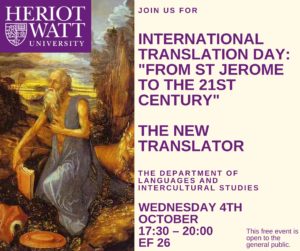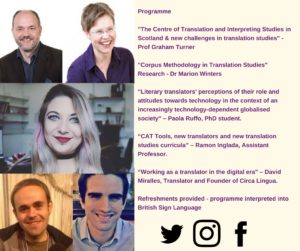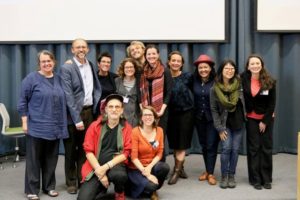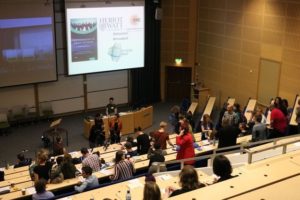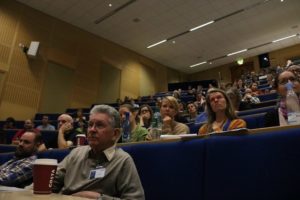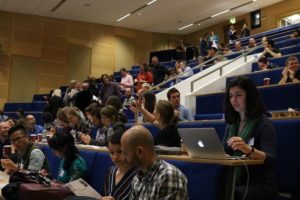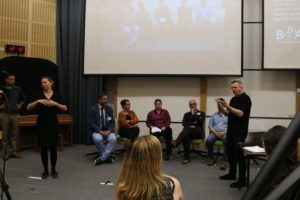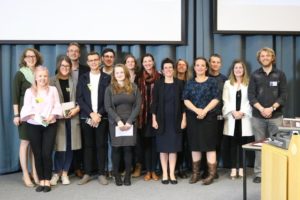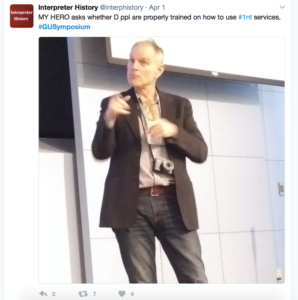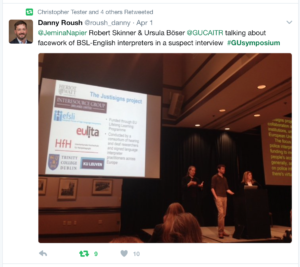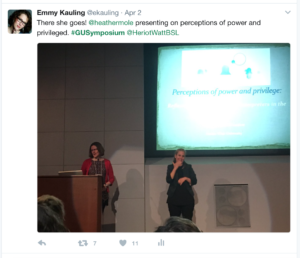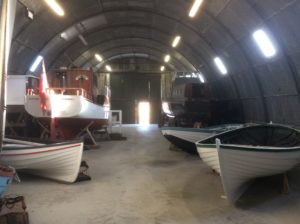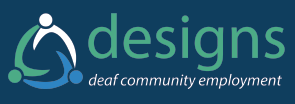LINCS and IRC graduate Dr Emma Hill has won the prestigious 2017 MacFarlane Prize for the most outstanding contribution to the research of the University.
Emma (pictured here with her supervisors, Prof. Máiréad Nic Craith and Dr Katerina Strani), is the first ever recipient of the prize from any department in the School of Social Sciences.
She was presented with the award at Heriot-Watt University’s graduation ceremony on 15 November 2017. Professor Garry Pender, Deputy Principal for Research and Innovation, reading her citation, said:
Dr Emma Hill’s thesis “Somali voices in Glasgow: Who speaks? Who listens?” makes an outstanding contribution to knowledge in the ethnographic study of refugees in society. It focuses on the concept of ‘voice’ and researches the multiple ‘voices’ of Somali communities in Glasgow. Her work makes a range of original contributions – from the social scientific fieldwork descriptions of a community during a period of political upheaval in Scotland to the care in presenting, questioning and decolonising the concept of ‘voice’.
Throughout her time in Heriot-Watt, Emma has been an active member of the Intercultural Research Centre. She worked as a research assistant on the EU-funded RADAR (Regulating Anti-Discrimination and Anti-Racism) Project led by Dr Katerina Strani. She has presented her work at conferences in Athens, Montreal and Copenhagen. Emma is also an alumna of the Transformations Network, a doctoral network affiliated to Ludwig Maximillian University in Munich. Her published work has been ranked externally as world-class.
Throughout her PhD, Emma complemented her academic focus with participatory research. She volunteered at community events, provided careers advice and guidance to young Somali adults. As an intern with the Scottish Government during her PhD studies, she worked to develop links between government and Somali groups. Emma’s research has had public impact, achieved through an exhibition of its findings at a Scottish Graduate School for Arts and Humanities event. This has since gained interest from Glasgow Life.
Emma was co-supervised by Prof. Máiréad Nic Craith and Dr Katerina Strani, both members of the recently-established cultural studies section in LINCS. Emma has already taken up a research position at the University of Edinburgh. She is highly deserving of this award for an exceptional piece of work that presents the voice of one of the most marginalized groups in Scotland today.
The MacFarlane Prize commemorates the contribution to the University made by Professor A G J MacFarlane during his tenure as Principal and Vice-Chancellor. The Prize of £250 is presented annually to the PhD graduate who, in the opinion of the Awards Panel, has made the most outstanding contribution to the research of the University.
Congratulations Dr Emma Hill !!!!


